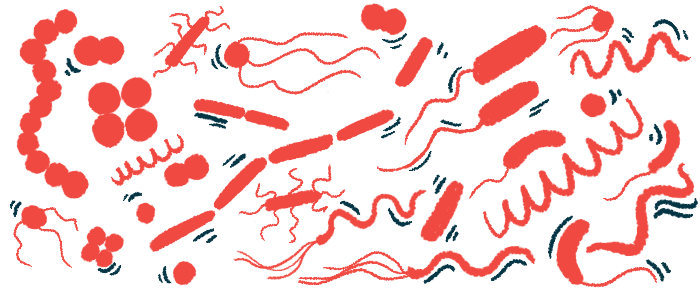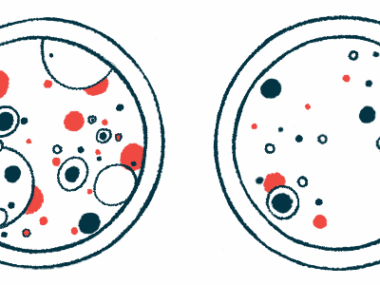Presence of Nocardia bacteria may not warrant therapy for CF patients
Researchers analyzed 16 studies of 89 patients with isolated species
Written by |

Detecting Nocardia bacteria doesn’t necessarily indicate therapy is needed for people with cystic fibrosis (CF), but an active infection should be closely monitored and patients with lung involvement, a decrease in lung function, or who are undergoing a pulmonary transplant should be treated, a review study suggests.
The study, “Clinical features and outcomes of persons with cystic fibrosis and nocardia isolation: a systematic review,” was published in BMC Pulmonary Medicine.
CF is caused by inherited mutations in the CFTR gene, resulting in thicker and stickier mucus than usual being produced that can accumulate in the lungs and other organs. Frequent or chronic infections are common CF complications as the mucus that clogs the airways is a fertile ground for bacteria to reproduce.
Nocardia bacteria are in soil and water around the world. Transmission occurs primarily by inhaling organisms contained in dust.
“Several studies suggest that Nocardia [in CF] acts mainly as a colonizer rather than a pathogen [disease-causing agent], not resulting in active infection,” wrote the researchers, who acknowledged other studies have reported “lung deterioration and … onset of other bacterial infections,” and immunocompromised patients — those with lower immune defenses — are susceptible to serious infections caused by Nocardia, as the bacteria may target the body anywhere.
Nocardia infection symptoms are nonspecific. A problem with identifying the specific Nocardia species causing disease is that the available techniques are complex and expensive, and are found in only a few laboratories, the scientists said.
Analyzing Nocardia in CF
“Management of [Nocardia] isolation has no protocols validated by evidence-based medicine approach and under these circumstances our center, as well as others reported in this review, has chosen a proactive approach and attempted eradication in the absence of symptoms, as is done with other pathogens in [people with CF],” wrote investigators in an Italy-based research group who analyzed 16 studies to better understand the clinical implications of Nocardia in CF patients. The studies described 89 CF patients (42 children, 47 adults) with isolated Nocardia species.
In 64 patients with available information, the most common was Nocardia asteroides (35%), followed by Nocardia farcinica (21%), Nocardia tranvalensis (13%), and Nocardia cyriacigeorgica (11%). Other species were detected in 5% or less of patients. Co-infection was reported in 85% of 72 cases.
A trimethoprim-sulfamethoxazole combination was the most used antibiotic to treat an infection.
Lung function was analyzed in 68 patients. Forced expiratory volume in one second, or FEV1, which measures how much air a person can exhale forcefully in a second, declined in 23% of patients with detected Nocardia.
Eighty-two patients received treatment at least once after Nocardia was isolated. Almost all (77%) started treatment immediately. The patient’s clinical condition determined whehter an oral or into-the-vein antibiotic was administered. Eliminating Nocardia was attempted in 32 cases, 78% were successful.
Though uncommon in healthy children, infection with Nocardia was comparable here between children and adults with CF, so “in addition to age, CF should be regarded as an additional risk factor” for Nocardia infection, wrote the researchers, who noted “the isolation of the bacteria does not necessarily imply therapy, but patients need to be monitored closely to assess the possible occurrence of active infection.” The severity of lung disease, use of immunosuppressants, and Nocardia’s susceptibility to antibiotics should determine how long to use antibiotics.
“The complexity of Nocardia’s role in [people with CF] underscores the importance of individualized patient care and ongoing clinical monitoring,” wrote the scientists, who said noteworthy differences among the studies analyzed along with a lack of properly designed clinical trials were limitations of their research.







